Back in the ’90s, after-school snacks weren’t about health trends or protein content. They were about speed, independence, and whatever was in the freezer or pantry that a kid could make without help. Some were packed in lunchboxes and saved for later. Others came out the second you walked through the door. These snacks didn’t require much cooking skill, just enough patience not to burn your mouth or destroy the microwave.
A lot of these foods weren’t about quality or nutrition. They were about routine. They showed up during homework, video games, or reruns on TV. Some came with messy packets or tricky cook times. Others were hit-or-miss depending on the microwave. But they stuck around because they were easy, cheap, and made sense for busy families. Even now, they still hit a specific memory that boxed mac and cheese or fresh fruit just doesn’t replace.

1. Dunkaroos
Dunkaroos were a packaged snack kids had in lunchboxes and after school in the ’90s. Each pack had two compartments: one side with small vanilla cookies, the other side with frosting for dipping. The frosting came in chocolate, vanilla, or vanilla with sprinkles. Vanilla with sprinkles was most common.
There wasn’t much to preparing Dunkaroos, but there was strategy. The biggest challenge was managing frosting supply. Kids had to make the frosting last for all the cookies. The first instinct was to use too much frosting on the early cookies, leaving the last few plain. To avoid running out, start by dipping cookies lightly to conserve frosting. If extra frosting remained at the end, kids could scoop it out with their finger or even eat it straight from the container.
Temperature affected frosting consistency. When stored somewhere warm, frosting got runny and harder to scoop without dripping. Cool frosting stayed thicker and was easier to control. For best results, Dunkaroos were better slightly chilled or at room temperature rather than warm.
Some kids traded cookie varieties, frosting flavors, or shared the packs. Mixing chocolate and vanilla frostings was common, but vanilla with sprinkles stayed the favorite. Dunkaroos weren’t complicated, but managing frosting and temperature made a difference in how easily kids enjoyed them.
2. Pizza Rolls
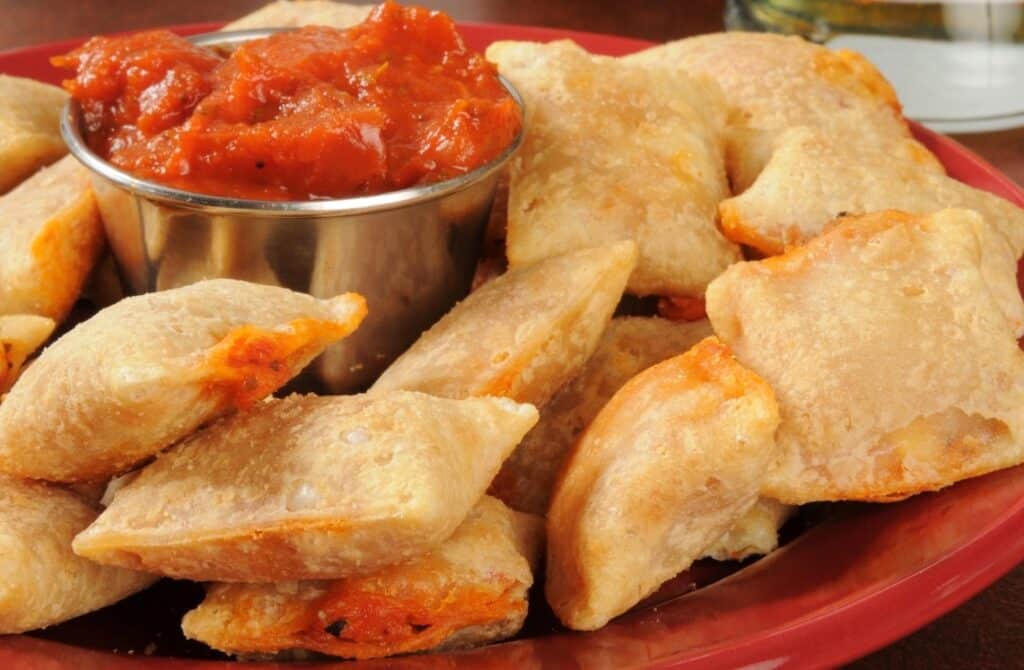
Pizza rolls were in just about every freezer in the ’90s. Usually Totino’s, sometimes generic. They were cheap, easy to heat, and always around. But how you made them mattered.
Microwaving was fastest, but usually a bad idea. They came out soggy and uneven, often exploding and spilling sauce. Eating them meant risking burns or biting into cold pockets of sauce.
The oven worked better. Instructions usually said 425 degrees for 10-12 minutes, but checking earlier helped. If rolls leaked, you’d have burnt filling stuck to the pan. Parchment paper or foil made cleanup easier. A toaster oven worked fine too for smaller batches, but needed careful watching since it heated unevenly.
Cooked right, pizza rolls were crisp without getting rock-hard, and the filling stayed inside until you bit in. Pepperoni was the classic choice. The Cheese variety was decent.
Waiting a minute after baking made them edible without injury. Patience wasn’t easy, but it saved your tongue. Dipping in ranch or marinara was the ultimate move. Ranch cooled rolls down, and marinara boosted flavor. Either way made them better.
3. Toaster Strudel
Toaster Strudel was a frozen breakfast pastry popular after school in the ‘90s. Unlike Pop-Tarts, these had layers of flaky pastry filled mostly with fruit jam, cinnamon, or sometimes cream cheese. Each box came with packets of icing meant to be drizzled over the pastry after toasting.
Cooking involved more attention than you’d think. Using a regular toaster worked best, but the temperature and timing mattered. Set the toaster to medium at first. Too low, and the strudel stayed cold in the center. Too high, and the edges got burnt while the filling inside stayed frozen. Usually, one full toast cycle was enough, but sometimes you needed an extra half-cycle to warm the middle.
The icing packets caused frustration. Straight from the freezer, the icing was stiff and tough to squeeze out evenly. Holding the icing packet between your hands for 30 seconds warmed it enough to drizzle smoothly. Some kids held the packets briefly under warm water, but too long would melt it too much and make it runny.
Letting the strudel sit about a minute after toasting helped the icing stay on top instead of melting off the sides. Putting icing on too early meant a messier snack. Timing mattered for getting it right.
4. Hot Pockets
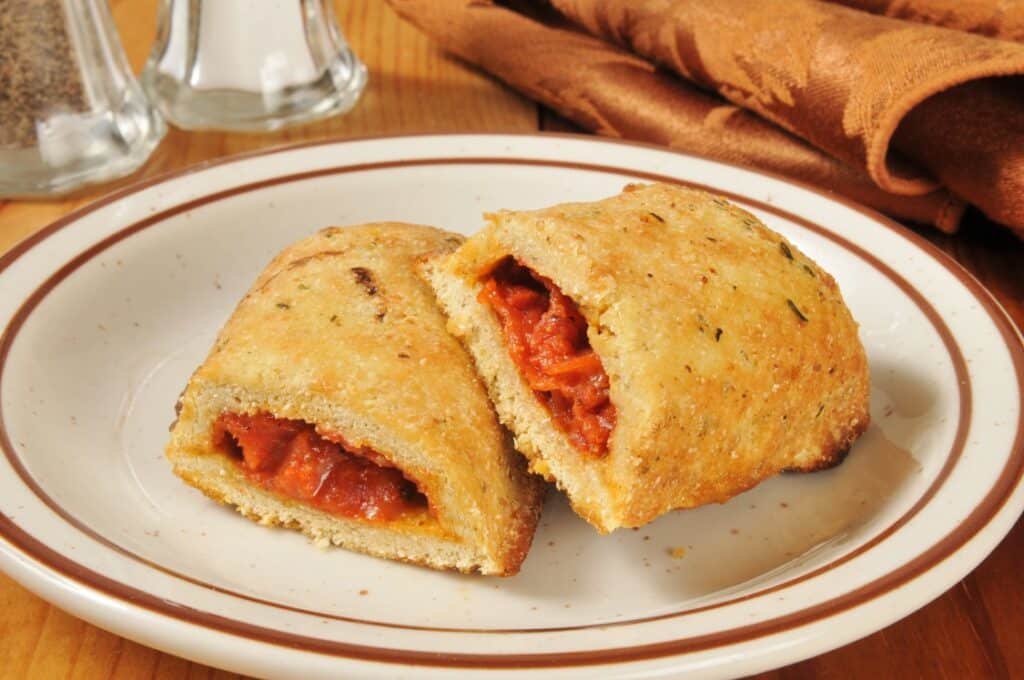
Hot Pockets were freezer staples in the ’90s because they were simple and filling. Usually stuffed with pepperoni pizza, ham and cheese, or sometimes chicken broccoli, they came individually wrapped in sleeves designed for microwave cooking.
Cooking directions were straightforward but took attention. The crisping sleeve was supposed to make the crust crispy in the microwave, but it rarely worked perfectly. To cook them, slide the frozen Hot Pocket into the sleeve, microwave on high for about two minutes, then let it sit for another two. Waiting after cooking was key. Skipping that step meant scalding cheese burning your tongue or fingers. Even after resting, the inside could still be dangerously hot, so eating slowly mattered.
The microwave was the easiest, but not the best. Using an oven or toaster oven was slower, but gave better results. Baking at 350 degrees for about 25 minutes helped crisp the outside evenly and heated the filling without cold spots. Wrapping Hot Pockets loosely in foil prevented leaks and burnt filling from sticking to pans. Ovens gave a more consistent result than microwaves, but the downside was the time.
With Hot Pockets, patience and caution were part of the preparation. They weren’t complicated to cook, but getting the crust crispy, avoiding burnt cheese, and evenly warming the filling required more than just hitting start on the microwave.
5. Bagel Bites
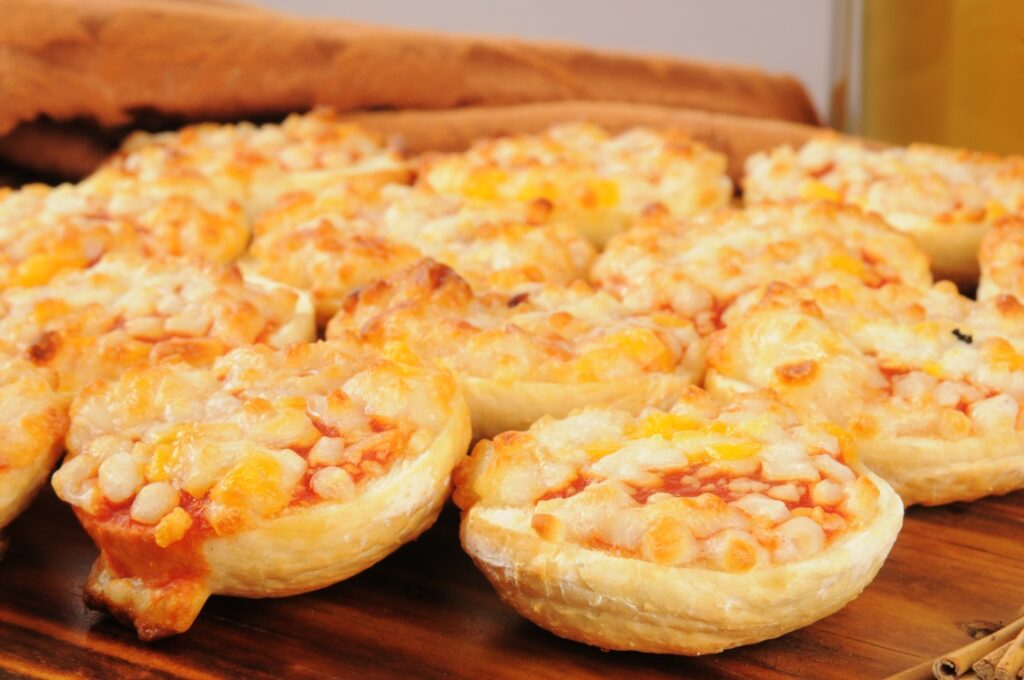
Bagel Bites showed up in freezers everywhere in the ‘90s. They were simple: mini bagel halves topped with cheese and pepperoni bits or plain cheese. They came in boxes of nine or eighteen and lasted forever in the freezer.
Cooking options were straightforward: microwave, oven, or toaster oven. Microwave directions promised they’d be done fast, usually about two to three minutes. But microwave Bagel Bites turned chewy fast. The bagel got tough, and toppings slid off. The middle heated unevenly, so you’d have hot cheese edges and cold centers.
The oven or toaster oven did a much better job. Preheat to 425 degrees, bake about 12-14 minutes, but start checking after 10 minutes. They were ready when the cheese melted completely and the edges browned slightly. Toaster ovens cooked faster, around 10 minutes, but sometimes over-toasted edges if you didn’t keep an eye on them. Putting Bagel Bites directly on the oven rack instead of a baking sheet made the bottoms crispier and prevented soggy bagels.
Once cooked, wait a minute or two before eating. The cheese was always dangerously hot right away. Letting them cool just slightly prevented mouth burns and helped toppings stay put. Eating Bagel Bites involved timing and patience more than actual cooking skill, but when done right, they were easy and dependable.
6. Kid Cuisine Frozen Dinners
Kid Cuisine frozen dinners were big in the ’90s. Kids liked them because each meal had its own little compartments in a bright blue tray. The food wasn’t fancy. Usually, it was chicken nuggets or tiny burgers, macaroni and cheese, corn or peas, and some kind of dessert like brownies or pudding.
Part of the fun was the variety in each tray. Even if the food didn’t always come out great, the novelty made up for it. The brownie was often half-baked, and the pudding was tricky, sometimes ending up too watery or crusted around the edges. Getting the timing right in the microwave made a difference, but nobody expected perfection from a Kid Cuisine dinner.
There was always a themed character on the box, like a cartoon penguin. The appeal was partly marketing, partly convenience. Parents liked that kids could make dinner on their own, following basic microwave instructions. Kids enjoyed the independence of peeling back the plastic and managing the cooking themselves.
Even though Kid Cuisine wasn’t exactly high quality, kids didn’t care. It felt grown-up to cook your own meal, and the tray made everything feel organized. Eating it while watching cartoons or playing video games after school made it even better. Kid Cuisine was simple, cheap, and just fun enough to be popular.
7. Lunchables
Lunchables were something you grabbed out of the fridge after school when your parents weren’t home yet. They were those little plastic trays divided into sections with crackers, meat slices (usually turkey or ham), and cheese squares. The pizza ones had small crust rounds, a packet of sauce, shredded mozzarella, and pepperoni slices. Nothing fancy. You just spread sauce with the plastic stick they gave you, sprinkled cheese, and added pepperoni. No cooking needed (you ate them cold, straight from the tray).
They weren’t really filling, just enough to hold you over until dinner. Parents liked them because they didn’t require any prep. Kids liked them because they felt like they had control, building their own snacks. Plus, a lot of Lunchables came with a tiny candy bar or Oreos tucked into one compartment. It wasn’t about nutrition — it was about convenience.
Nowadays, some parents make homemade versions instead, using deli meat, fresh cheese, and crackers. But the original Lunchables are still around because adults who grew up with them keep buying them for their own kids. It’s less about taste or quality, more about nostalgia for those afternoons eating crackers and cold pizza on the couch after school.
All trademarks are the property of their respective owners. This post is not sponsored or endorsed by any of the mentioned brands.
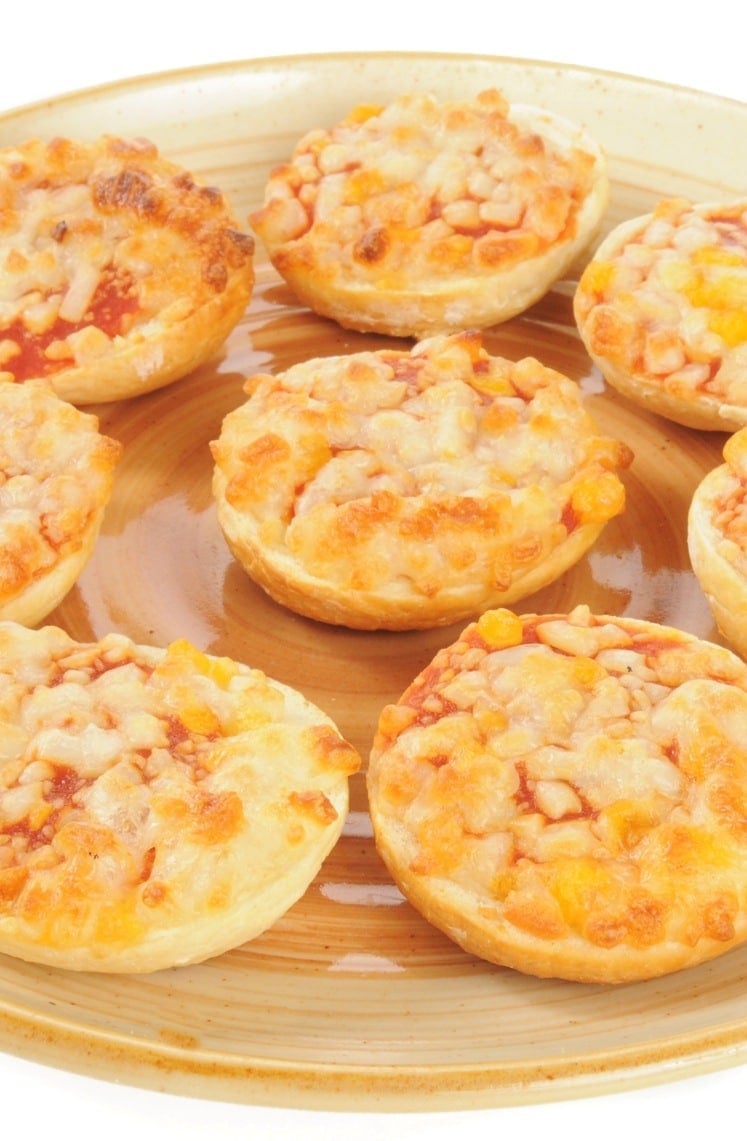


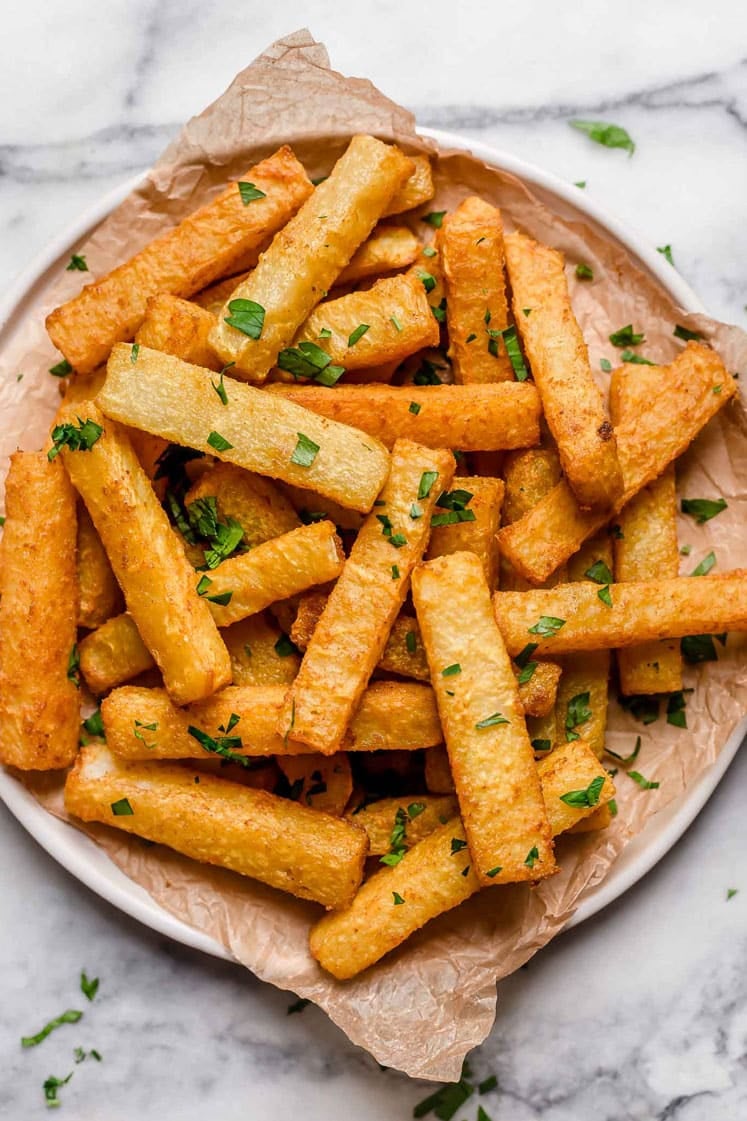
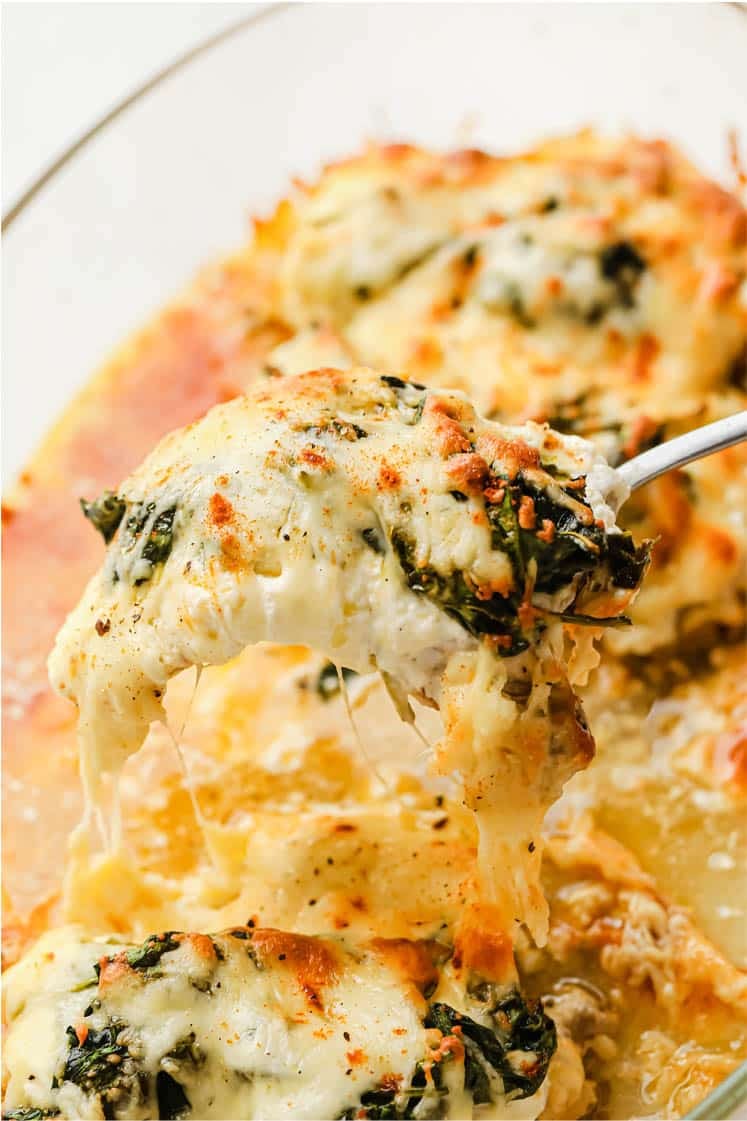
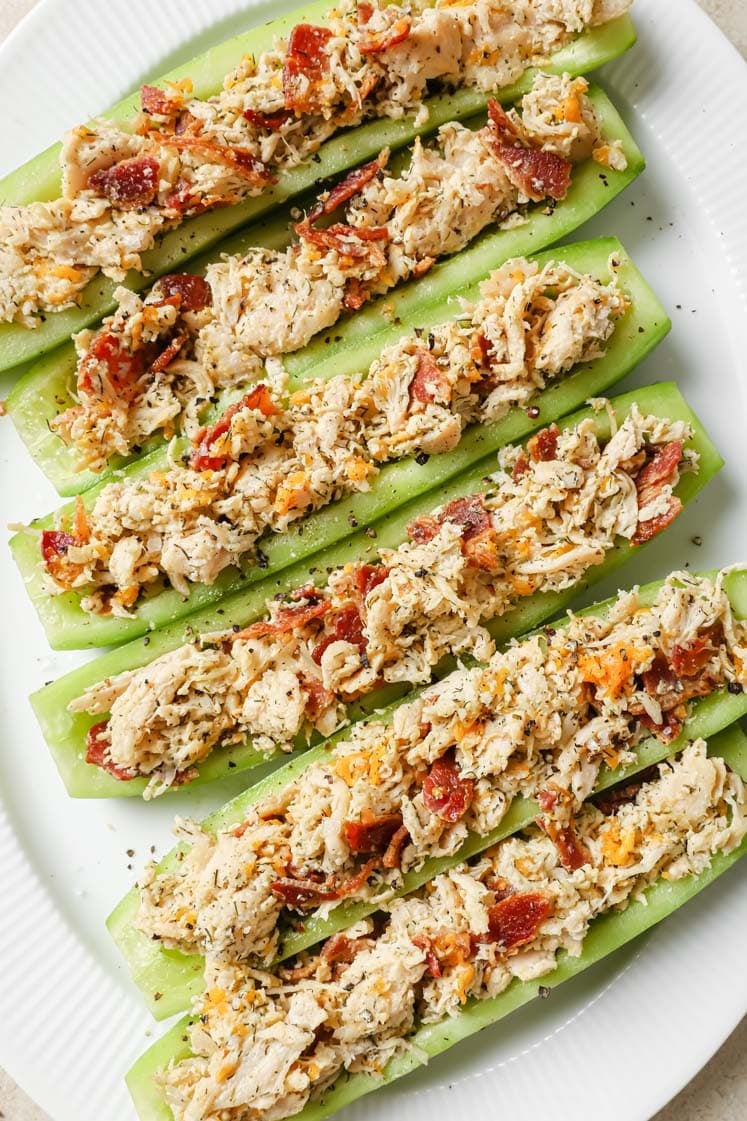
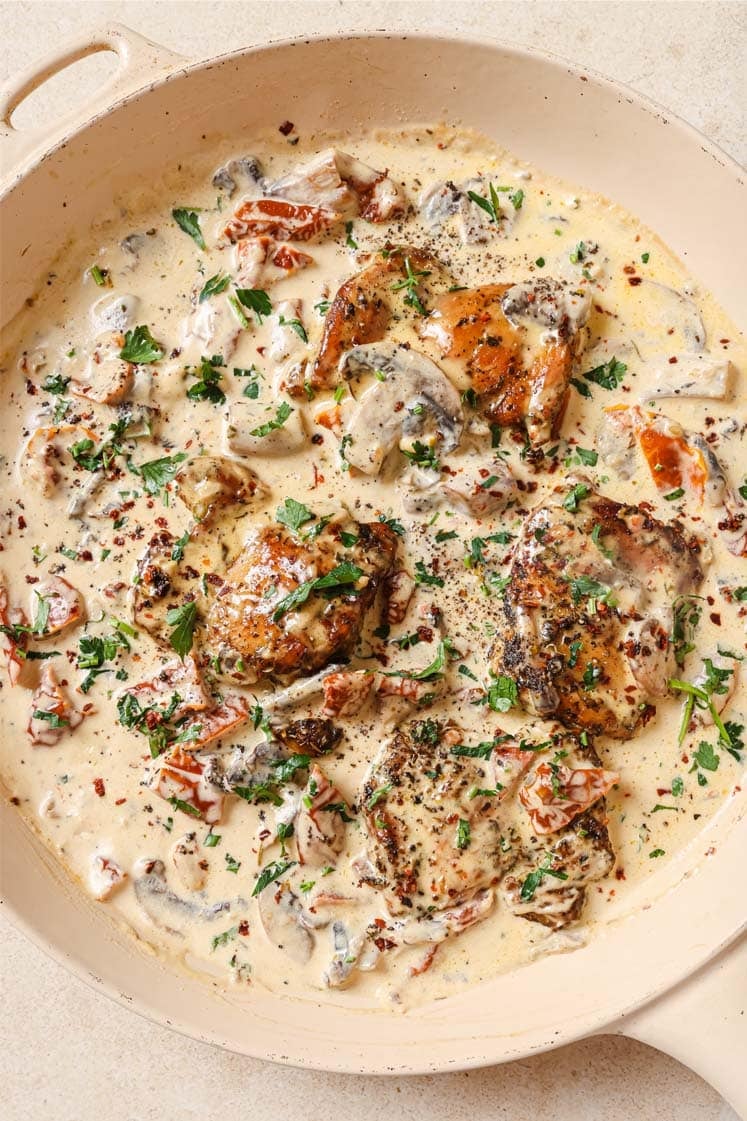
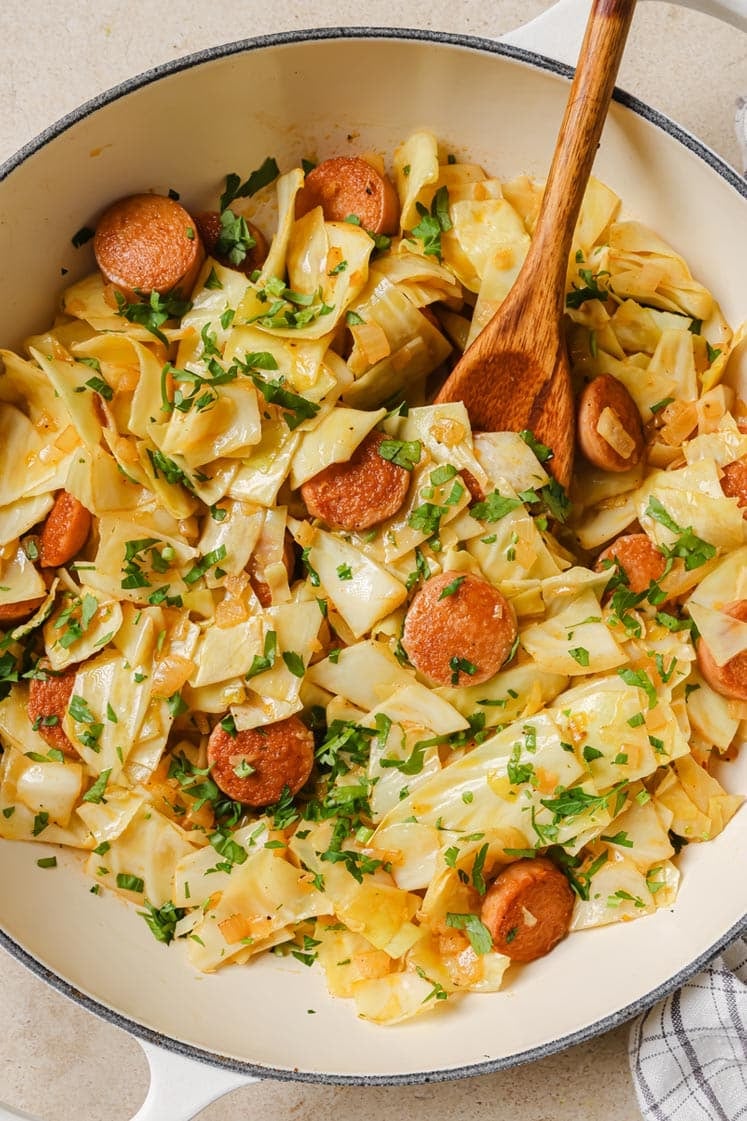
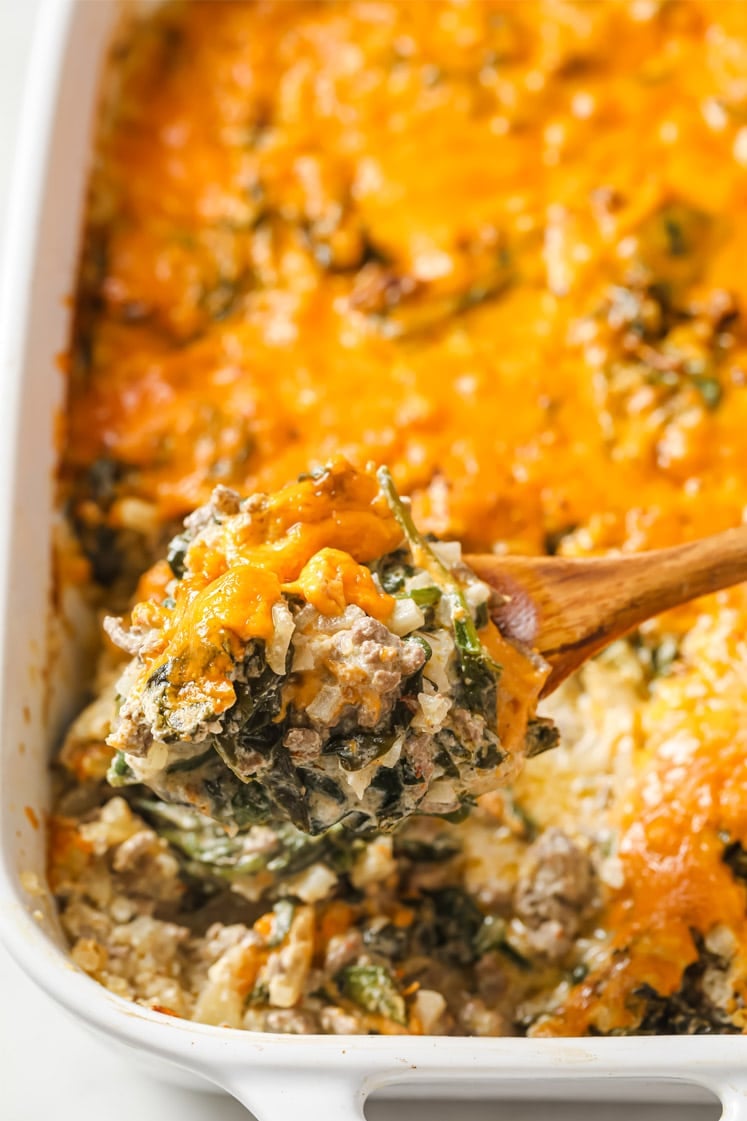
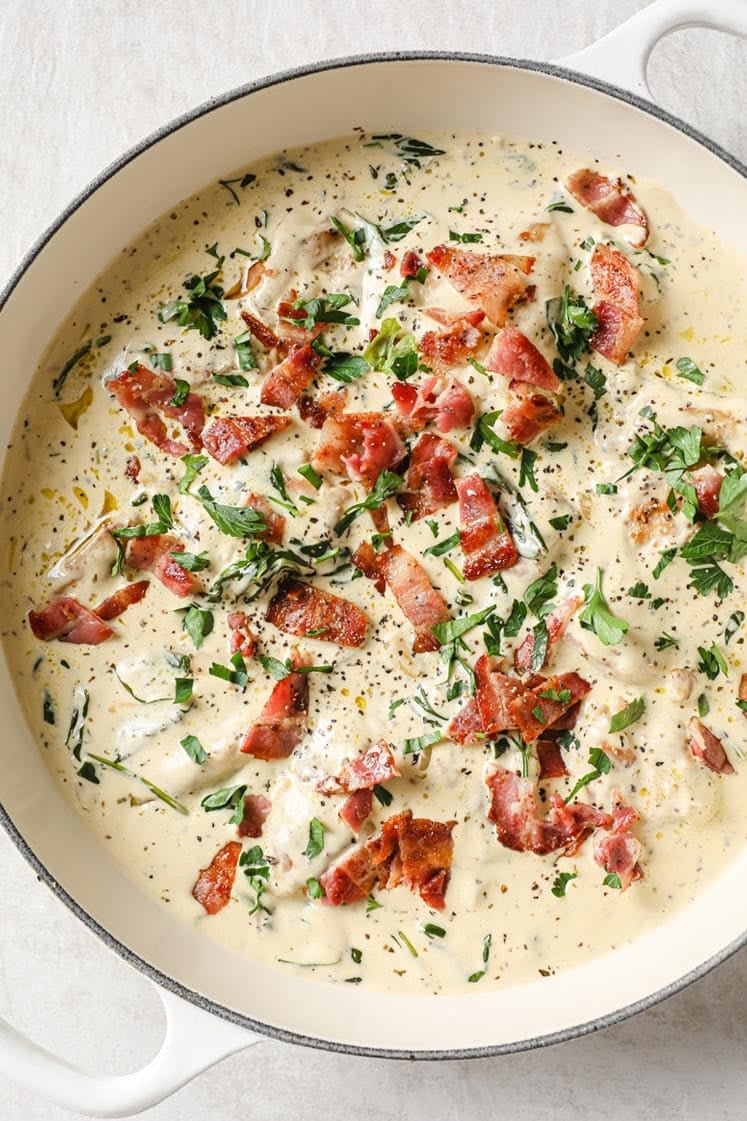
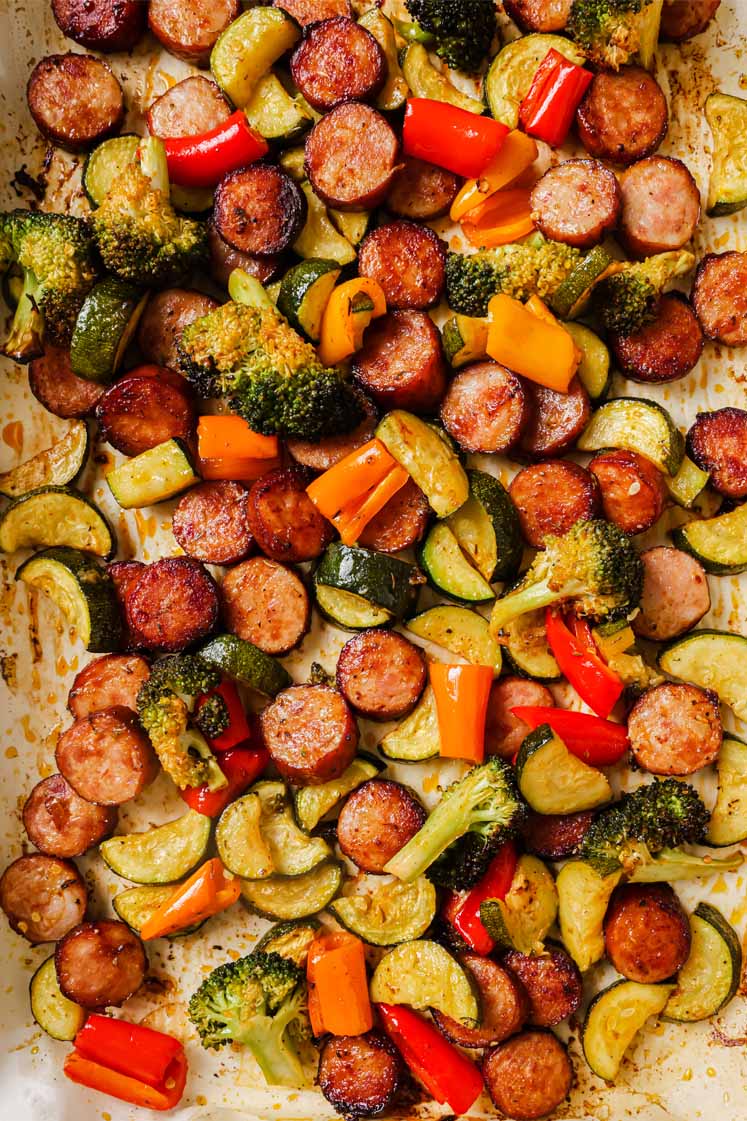
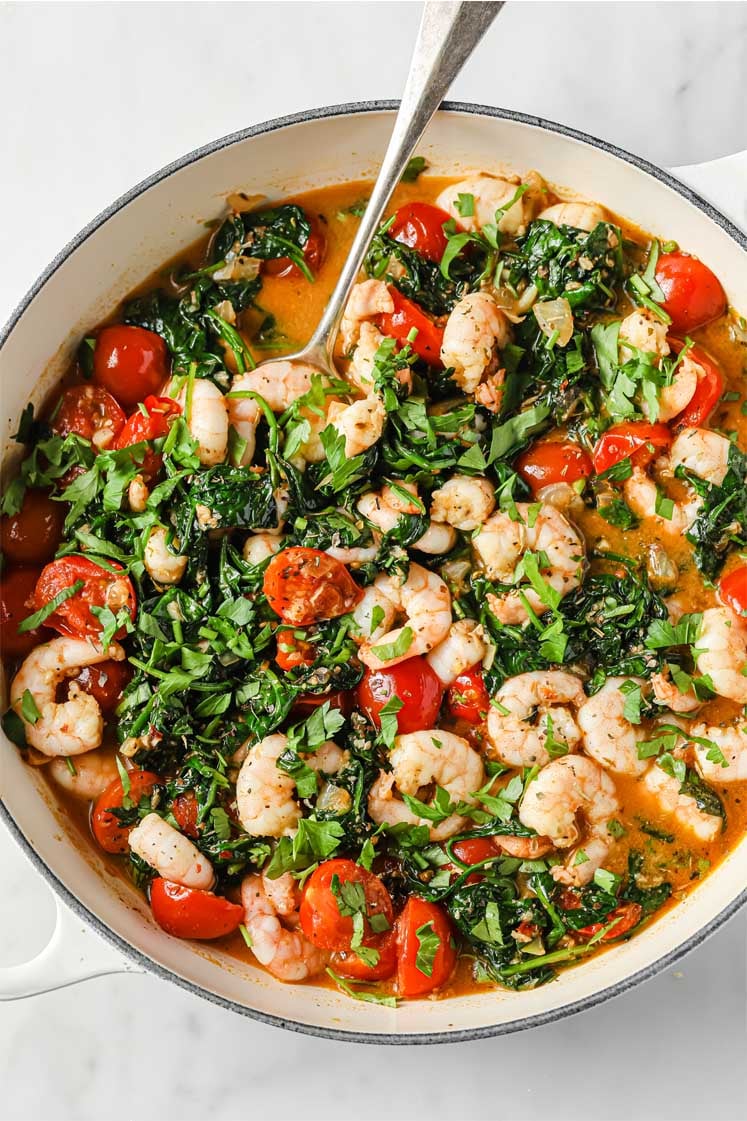

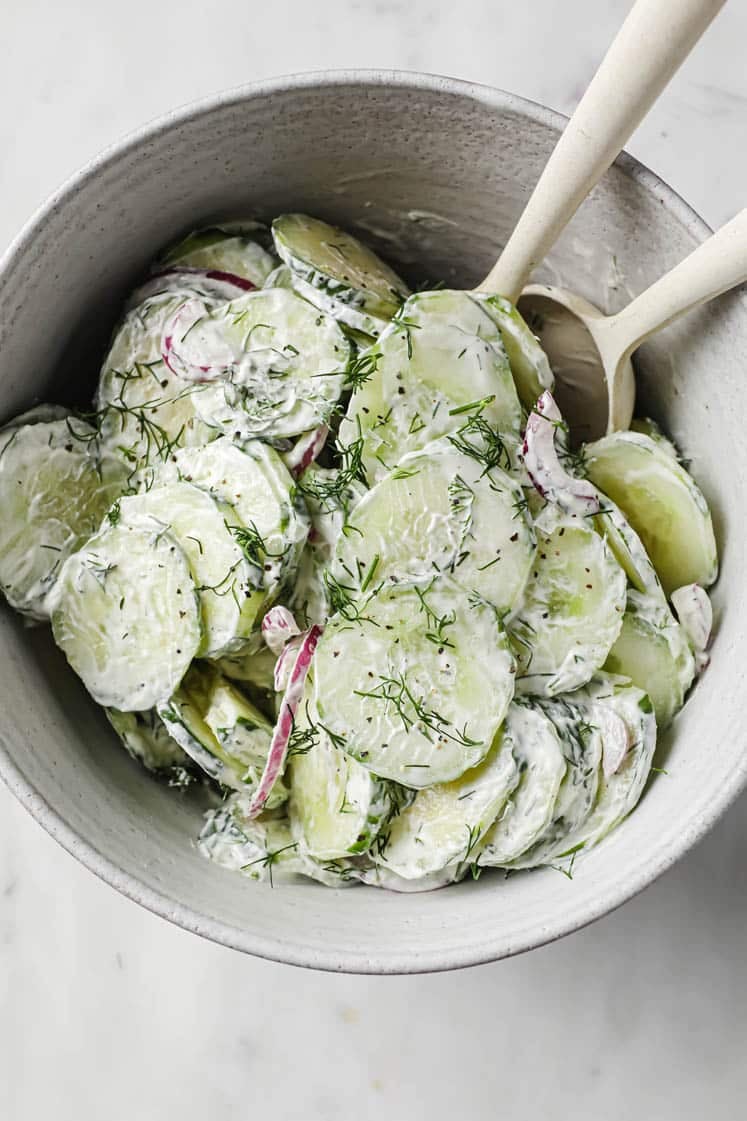









Leave a Reply